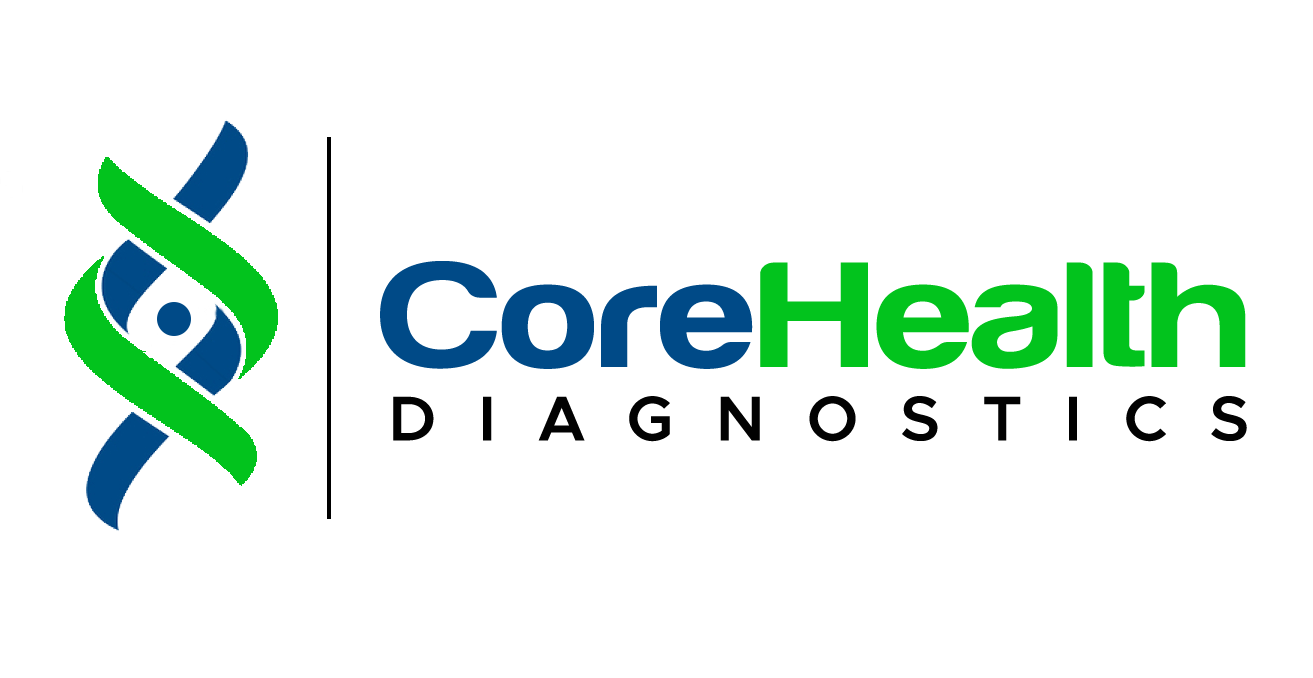Bringing a new life into the world is one of the most profound experiences a woman can have. As you approach your due date, it’s natural to have a mix of excitement, anticipation, and even a bit of anxiety.
One way to gain more control over the childbirth experience is by creating a birth plan. A well-thought-out birth plan can help ensure that your wishes are respected and that the process goes as smoothly as possible. This article will guide you through what a birth plan is, how to create one, and why it’s important.

What Is a Birth Plan?
A birth plan is a document that outlines your preferences for labor, delivery, and postpartum care. It serves as a communication tool between you, your partner, and your healthcare team.
The birth plan covers various aspects of childbirth, including pain management, labor positions, interventions, and newborn care. While a birth plan is not set in stone and should remain flexible to accommodate unforeseen circumstances, it provides a clear guide to your wishes and concerns during childbirth.
Why Is a Birth Plan Important?
Creating a birth plan is important for several reasons:
- Empowerment: A birth plan empowers you by giving you control over your birthing experience. It allows you to express your desires and concerns, ensuring that your voice is heard during a potentially overwhelming time.
- Communication: A birth plan facilitates clear communication between you and your healthcare providers. It helps prevent misunderstandings and ensures that everyone is on the same page regarding your preferences.
- Preparation: The process of creating a birth plan encourages you to educate yourself about the different aspects of childbirth. This preparation can reduce anxiety and make you feel more confident going into labor.
- Flexibility: While a birth plan outlines your preferences, it also acknowledges that childbirth can be unpredictable. It helps you think about different scenarios and decide how flexible you are willing to be in various situations.
- Support: A birth plan can serve as a guide for your partner or support person, helping them understand how best to advocate for you during labor and delivery.
How to Create a Birth Plan
Creating a birth plan involves careful consideration of your options and discussions with your healthcare provider. Here’s a step-by-step guide to help you create a comprehensive birth plan:
1. Research and Educate Yourself
Before drafting your birth plan, it’s important to educate yourself about childbirth and the various options available to you.
Attend childbirth classes, read books, and talk to your healthcare provider about different scenarios that may arise during labor and delivery. Understanding the pros and cons of each option will help you make informed decisions.
2. Discuss with Your Healthcare Provider
Your healthcare provider plays a crucial role in your childbirth experience. Schedule a meeting to discuss your birth plan and ask for their input.
They can provide insights into what is feasible based on your medical history, the hospital’s policies, and their own experience. This discussion will also help you understand any limitations or hospital protocols that might affect your preferences.
3. Prioritize Your Preferences
When creating your birth plan, prioritize the aspects that are most important to you. Consider the following areas:
- Labor Environment: Do you want a quiet, dimly lit room? Would you like to bring your own music or aromatherapy items?
- Pain Management: What are your preferences for pain relief? Would you like to try natural pain management techniques first, or are you open to an epidural or other medications?
- Labor Positions: Are there specific positions you want to try during labor, such as standing, squatting, or using a birthing ball?
- Interventions: How do you feel about interventions like labor induction, episiotomy, or the use of forceps or a vacuum? What circumstances would make you comfortable with these interventions?
- Delivery: Would you like a mirror to watch the birth or to touch your baby’s head as it crowns? Who do you want present in the room during delivery?
- Newborn Care: What are your preferences for immediate skin-to-skin contact, delayed cord clamping, and breastfeeding? How do you want your baby to be cared for in the first hours after birth?
4. Consider Special Circumstances
While it’s important to have a plan for an ideal birth, it’s also wise to consider special circumstances that may arise.
What would you like to happen if you need a C-section? How do you feel about the use of interventions like Pitocin or assisted delivery methods? Thinking about these scenarios in advance can help you feel more prepared and less anxious if they become necessary.
5. Be Clear and Concise
Your birth plan should be clear, concise, and easy to read. While it’s important to cover all your preferences, try to keep the document to one or two pages.
Use bullet points or short paragraphs to outline your wishes, and avoid medical jargon. Remember, your healthcare team will be reviewing this document, so make it straightforward and accessible.
6. Review and Revise
After drafting your birth plan, review it with your partner and healthcare provider. Make any necessary revisions based on their feedback.
It’s also a good idea to revisit your birth plan as your due date approaches to ensure that it still reflects your current preferences.
7. Share Your Birth Plan
Once your birth plan is finalized, share it with your healthcare team and bring copies to the hospital or birthing center.
Ensure that everyone involved in your care, including nurses and midwives, is aware of your birth plan and can refer to it during labor and delivery.
What to Include in Your Birth Plan
Your birth plan should cover a variety of topics to ensure that all aspects of your childbirth experience are addressed. Here’s a breakdown of what to include:
1. Personal Information
Start with your basic information, including your name, due date, and the name of your healthcare provider. Include contact information for your partner or support person.
2. Labor Preferences
- Environment: Describe your ideal labor environment. Do you want the lights dimmed? Would you like to bring your own music or essential oils?
- Mobility: Indicate whether you want to stay mobile during labor and what positions you would like to try.
- Hydration and Nutrition: Specify if you want to drink water, have ice chips, or eat light snacks during labor.
3. Pain Management
- Natural Pain Relief: List any natural pain relief methods you want to try, such as breathing techniques, massage, or a birthing ball.
- Medical Pain Relief: Outline your preferences for pain medications, including epidurals, nitrous oxide, or other options. Indicate whether you prefer to avoid pain medications unless absolutely necessary.
4. Interventions
- Labor Augmentation: State your preferences for or against labor augmentation methods like Pitocin or artificial rupture of membranes (breaking the water).
- Monitoring: Specify whether you prefer intermittent or continuous fetal monitoring.
- Episiotomy: Indicate your stance on episiotomies and whether you prefer to avoid them unless absolutely necessary.
5. Delivery Preferences
- Pushing: Describe your preferences for pushing, including whether you want to follow your body’s natural urges or be coached by your healthcare provider.
- Assisted Delivery: Outline your preferences regarding the use of forceps or a vacuum for assisted delivery.
- Cesarean Section: Include your preferences for a C-section if it becomes necessary. For example, would you like to have skin-to-skin contact with your baby immediately after birth?
6. Newborn Care
- Immediate Contact: Specify whether you want immediate skin-to-skin contact with your baby after birth.
- Cord Clamping: Indicate whether you prefer delayed cord clamping or immediate clamping.
- Feeding: State your feeding preferences, including whether you plan to breastfeed, bottle-feed, or a combination of both.
7. Postpartum Care
- Placenta Delivery: Indicate whether you want to deliver the placenta naturally or with medical assistance.
- Postpartum Care: Outline your preferences for postpartum care, including pain management, breastfeeding support, and bonding time with your baby.
8. Special Requests
If you have any special requests, such as religious or cultural considerations, include them in your birth plan.
For example, you might want to specify who should cut the umbilical cord or request a specific type of music during delivery.
Flexibility in Your Birth Plan
While a birth plan is a valuable tool, it’s essential to approach it with flexibility. Childbirth can be unpredictable, and sometimes things don’t go according to plan.
Being open to adjustments will help you stay calm and focused if your birth plan needs to change. Trust your healthcare provider to make the best decisions for you and your baby in the moment, but don’t hesitate to ask questions or express your concerns.
Conclusion
Creating a birth plan is an empowering step in preparing for childbirth. It allows you to take an active role in your birthing experience, communicate your preferences, and feel more confident as you approach your due date.
While it’s important to remain flexible, having a birth plan in place ensures that your voice is heard and respected during one of the most significant moments of your life.
Take the time to research, discuss, and reflect on your preferences, and share your birth plan with your healthcare team to ensure a smooth and positive childbirth experience.




